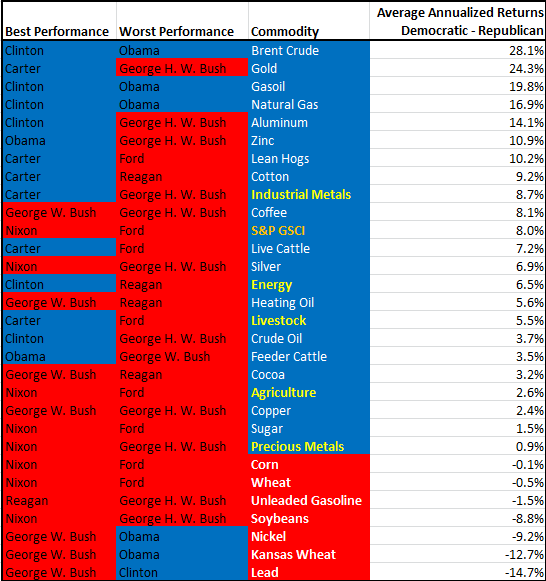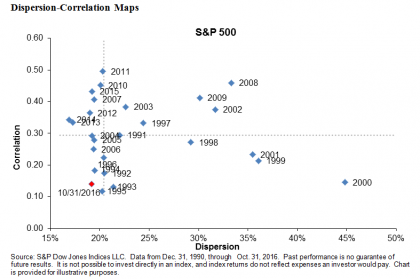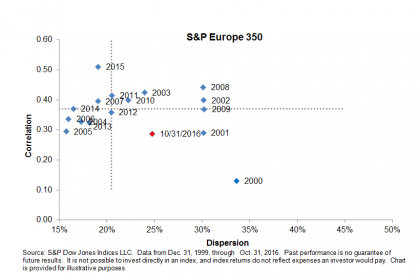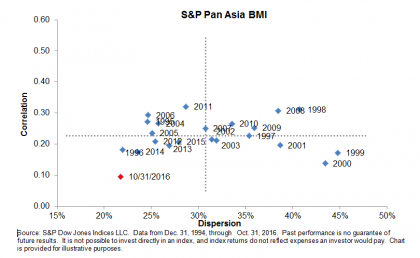Given that our crystal balls are opaque for predicting interest rates, I thought it would be interesting to continue my interview with two financial advisors about managing interest rate risk in the municipal bond asset class.
Matt Papazian is founding partner and CIO at Cardan Capital Partners of Denver, Colorado, and
Tom Cartee is a financial advisor and portfolio manager at Sheets Smith Wealth Management of Winston-Salem, North Carolina.
S&P DJI: How are you using municipal bond indices and the ETFs that track them to manage interest rate risk?
Matt: ETFs give us the flexibility to manage interest rate and credit risk in a more efficient manner than individual bonds do. Over the past few years, it has become increasingly difficult to find bonds with the exposures we need to adjust our portfolios. ETFs solve that problem.
Tom: The introduction of target maturity municipal bond ETFs means that investment advisors that prefer to use ladders as a way of managing interest rate risk may continue to do so. Individual municipal bonds may be employed for certain rungs of the ladder, with target maturity ETFs positioned in the remaining rungs.
S&P DJI: Coming out of the global financial crisis, we saw many advisors wanting to decrease the duration of their fixed income exposure. What are your thoughts now on duration for municipal bonds?
Tom: I doubt that rates will climb dramatically, but higher yields may be on the way. As long as rate increases are gradual, short- and intermediate-term municipal bonds are not likely to disappoint market participants. In the long run, a healthy economy and less Central Bank distortion could be good for financial markets.
Matt: Since the global financial crisis, we have chosen a somewhat longer duration than the index. This duration decision was predicated on the idea that rates would remain lower for longer and the rolling crisis environment of the last few years has rewarded that posture. We are now in the camp that we are nearing the end of falling rates, but feel that any rate increases will be moderate, and to that end we have moderated our duration accordingly.
SPDJI: Municipal bond laddering is a classic approach some advisors use to manage interest rate risk and reinvestment risk. How have maturity series indices and ETFs enabled your ability to construct bond ladders?
Matt: We manage our municipal ETF portfolio as a modified ladder. We ladder duration, but then weight our durations based on our valuation work. ETFs also allow us to simultaneously create a barbell of credit exposure. The ability to manage both duration and credit is a powerful combination that ETFs make possible.
Tom: I agree with Matt. The maturity series municipal bond ETFs have been a welcomed addition to our fixed income toolkit.
My thanks to Matt and Tom for participating in this interview and in a recent webinar that is available now in our webinar archive on Including Bonds in Your Strong Core.
The posts on this blog are opinions, not advice. Please read our Disclaimers.












